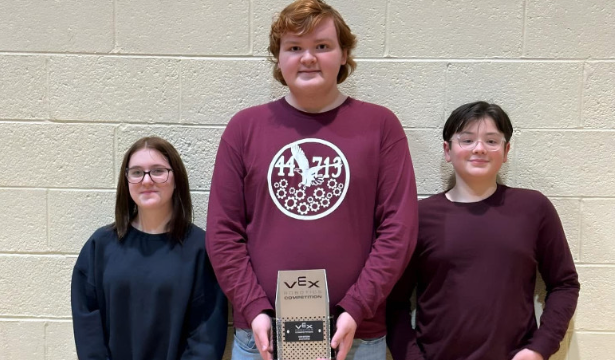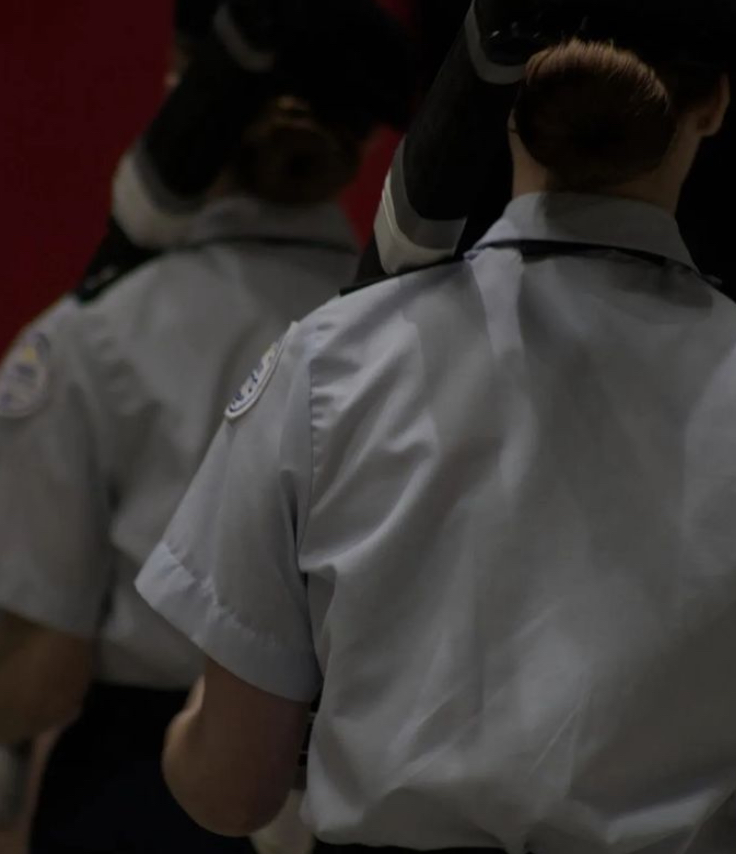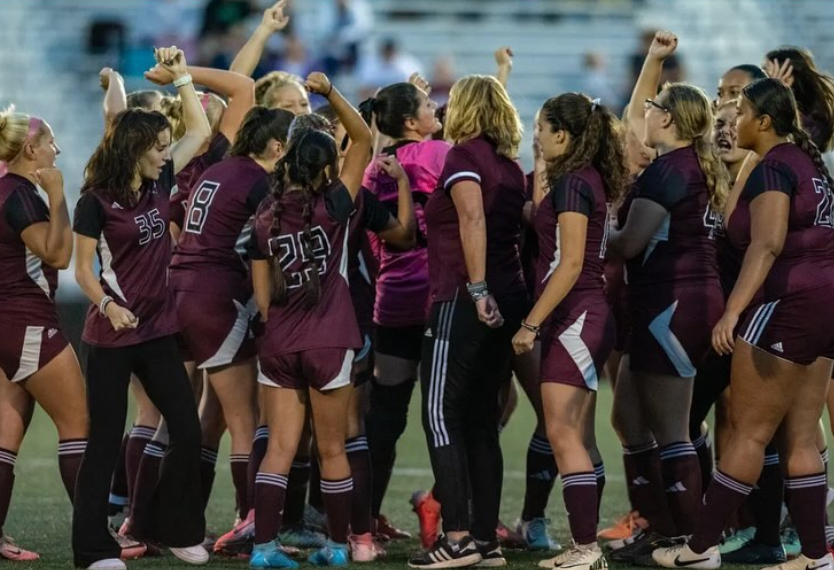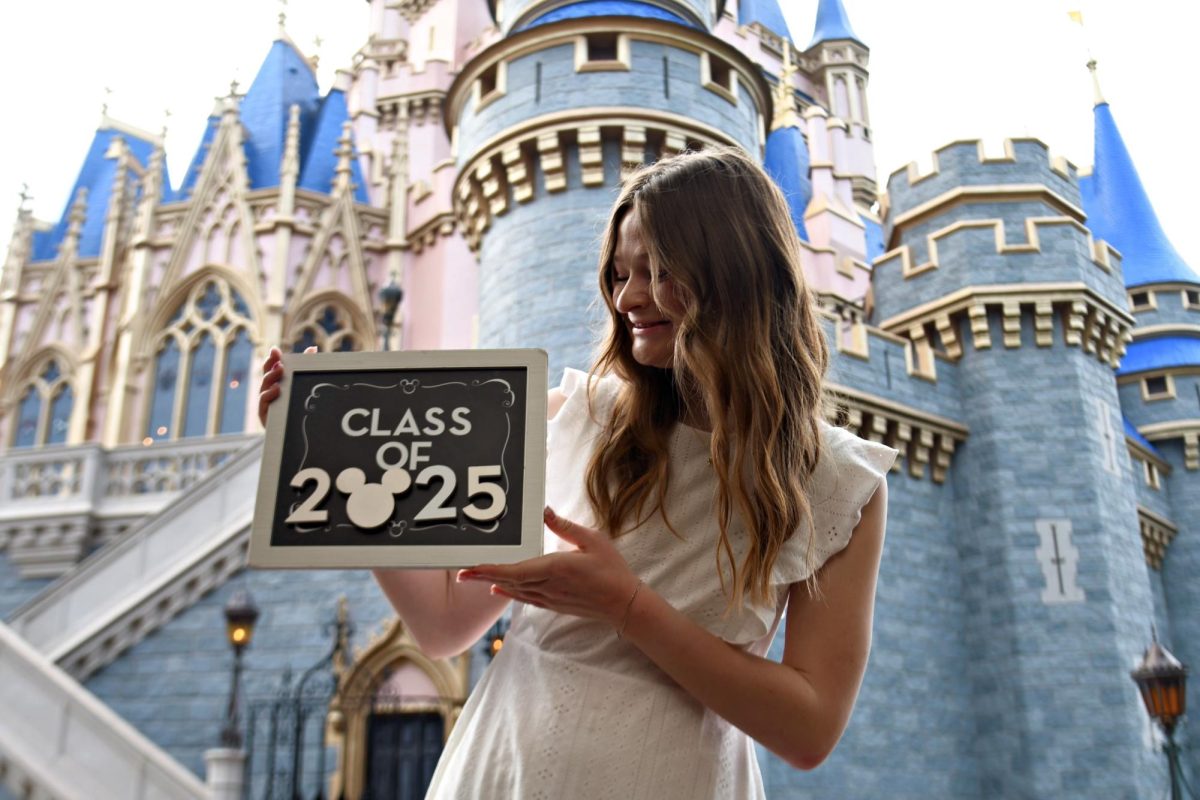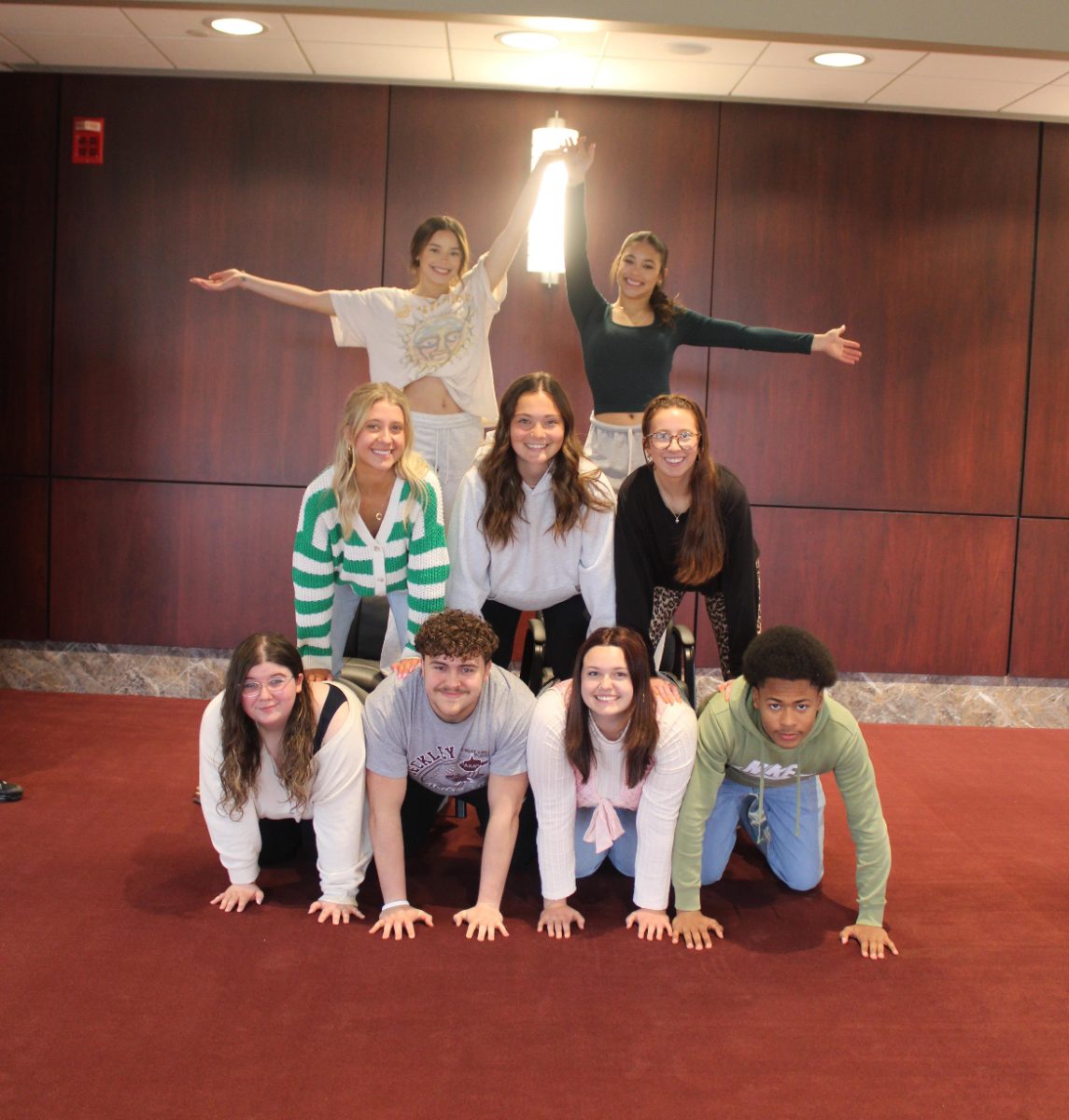
As seniors move toward their new chapter of life, juniors look beyond their high school borders. Varying dates and times of the college application window, the class of 2025 will start applying for post-secondary education this fall. When looking at who is worthy of acceptance, universities question grade point averages, test scores, and letters of recommendation. Building relationships with your counselors and requesting help to craft a strong college essay will increase your chance of attendance. To apply for higher education, an application fee is usually involved. The rate of acceptance varies, with Ivy League universities such as Harvard having the lowest. To increase the chance of approved attendance, it is commonly believed that students should send in applications to at least five schools.
If the student is aiming towards affordability, an in-state college is the way to go. Before applying for grants or scholarships a FAFSA (Free Application for Federal Student Aid) is critical. The FAFSA is designed to help underprivileged individuals be able to add to their education. Over the years, student aid has helped thousands of individuals graduate debt-free. Additionally, students should also try for a promising score on the SAT (Scholastic Aptitude Test) or ACT (American College Testing). Most colleges do not just look at these testing scores for acceptance to attendance, but also as an entry to honor’s housing.
A common misconception of the application process is that applications are not first come first served. Admission offices often look at the date of submission to conclude their decisions. Any student desiring a college education should begin considering options in their junior year.



